

Angus MacKenzie
6 Days Ago
Aimed squarely at the 204mph Bugatti Chiron, the Hennessey hypercar claims to be setting sight on taking out the title of "world's fastest car".

Contributor
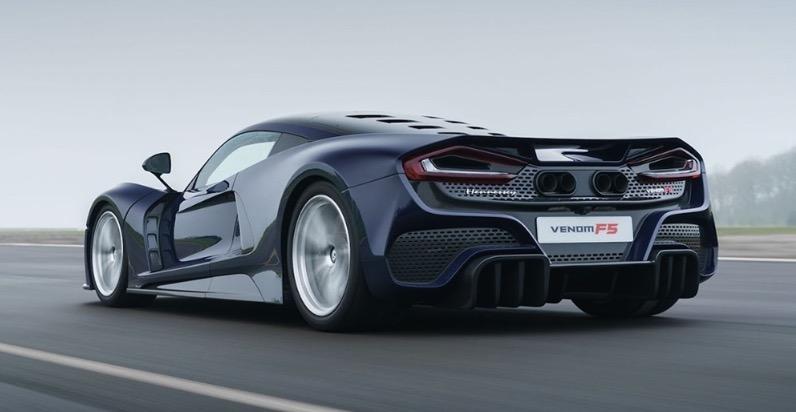

Contributor
Aimed squarely at the 304mph Bugatti Chiron, the Hennessey Venom F5 hypercar claims to be setting sight on taking out the title of “world’s fastest car”.
With production limited to only 24 units, and a starting price of US$2.1 million (AUD$2.8m plus government charges, which will see you without a whole lot of change from AUD$3.5m), I wouldn’t get your hopes up of securing one. Although we have been promised there will be a RHD version, with only 24 units, chances of getting your hands on one are going to be fairly slim.
As for the badge? The “F5” is named after the highest rating on the Fujita scale of tornado strength. I guess that’s pretty appropriate given the mind blowing specifications.


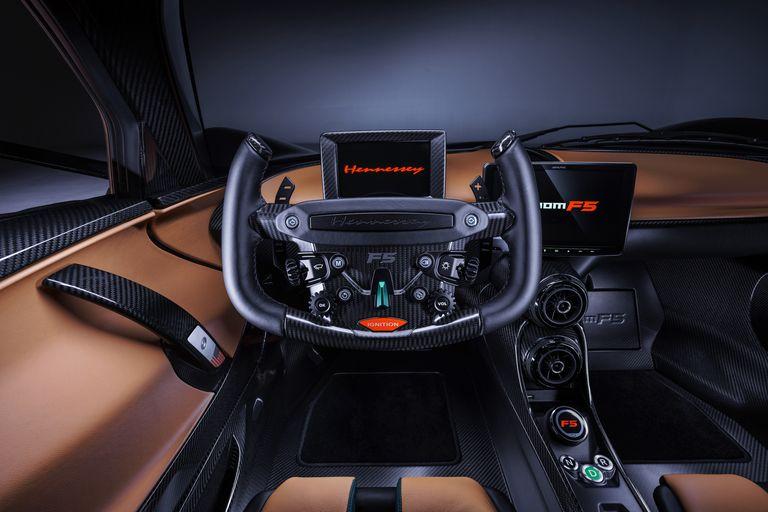
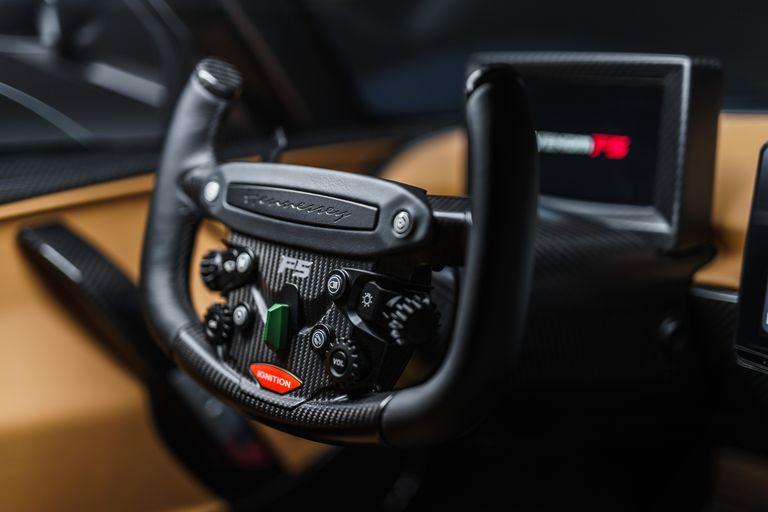
Now I know you’re probably going to draw attention to the SSC Tuatara’s 316.11mph run, but following some questionable data, it appears that Hennessey have dismissed that record and are simply aiming to beat the current “official” record holder – the Chiron.
The Venom F5 was unveiled (albeit in a very disguised foam/fibreglass model) back at SEMA 2017. We took a close look at it and saw the car was more or less a shell on a non functional chassis without a functional driveline.
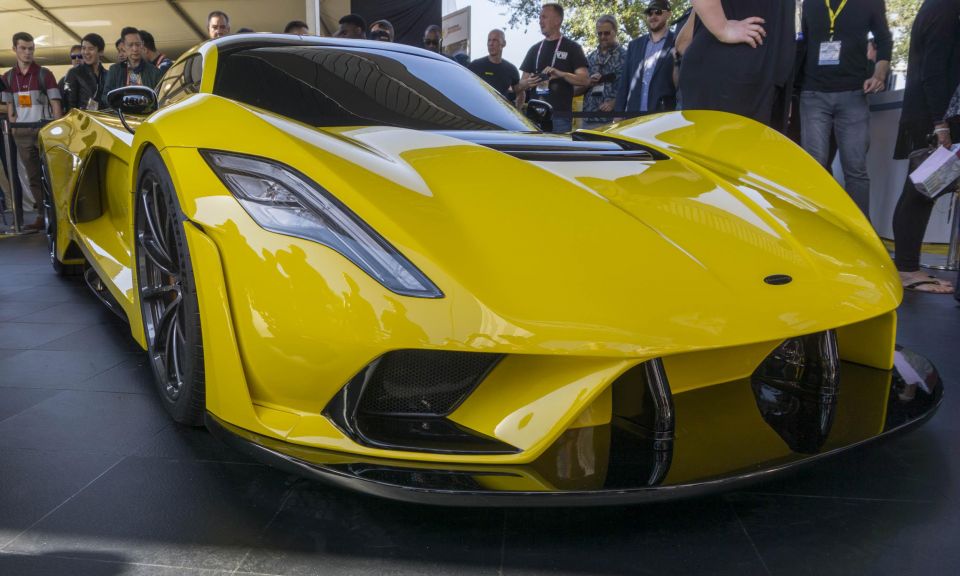
Since 2017 though, the original 1244-horsepower 7.0-liter V8 has been switched to a 6.6-litre twin turbo pushrod V8 wound up to an eye watering 1877hp (1355kW), with an 8000rpm redline pushing out 1617Nm of torque – most likely in response to the ever changing goal-posts for the world’s fastest car. These numbers are set to make the F5 the world’s most powerful production car period.
The F5 is a mid engined hypercar based around a UK-built carbon fibre tub weighing a meagre 86kg (192 pounds). John Hennessey tells us the car itself tips the scales at only 1360kg. To put that into perspective, that’s the same weight as a Toyota 86 or Subaru BRZ, but with over nine times more power.
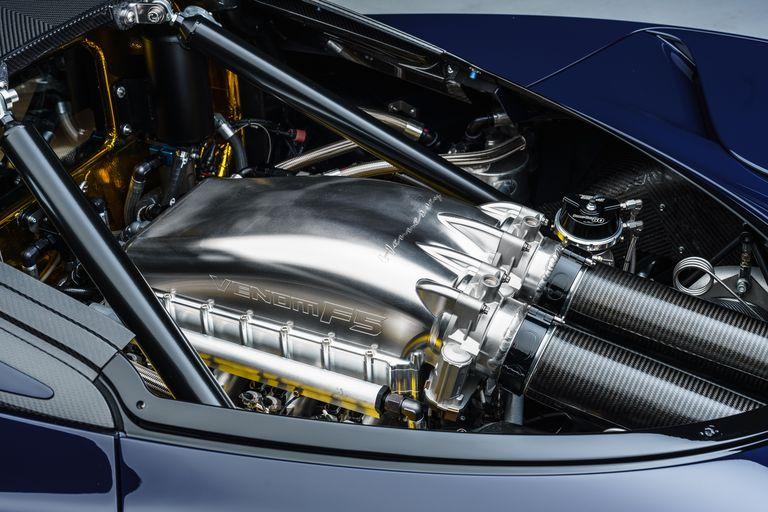
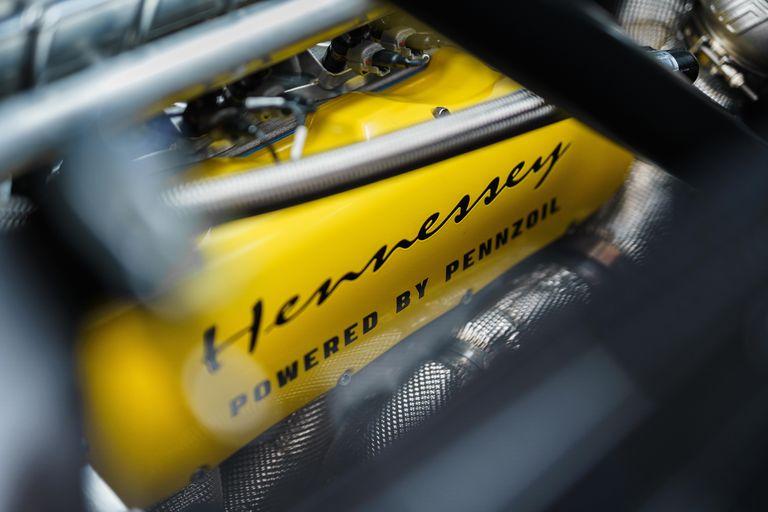

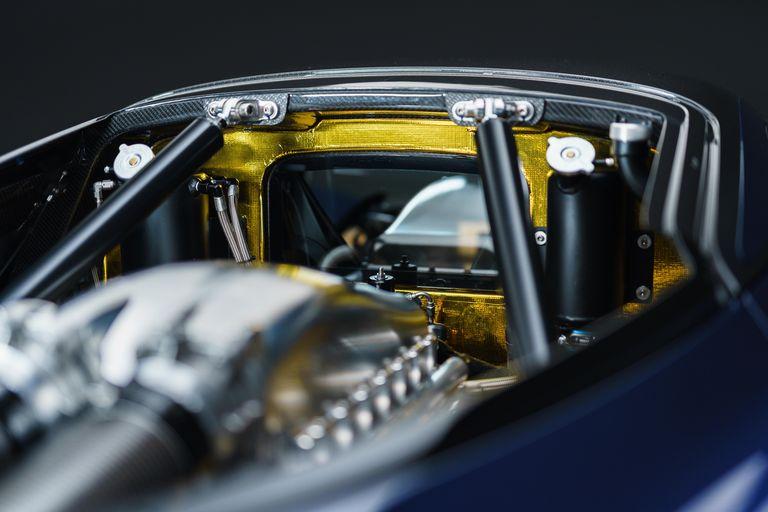
Although the first unit will be hand built in the UK, the remaining 23 units will be produced in Sealy, Texas, USA.
Enough with the chatter, let’s cut to the details. Well, Hennessey says the car can sprint from 0-100km/h (62mph) in 2.6 seconds, and a staggering 0-200kph (124mph) time in just 4.7 seconds.
Still having trouble getting your head around the 311mph number? That is 500km/h…that’s right…500km/h!
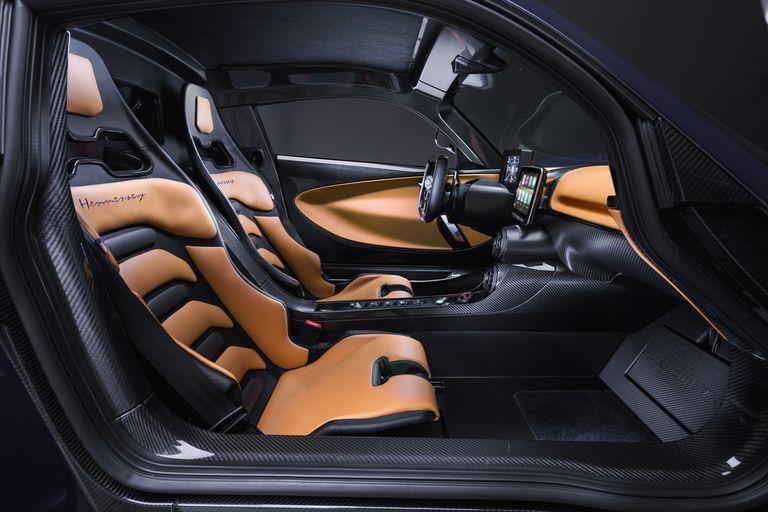
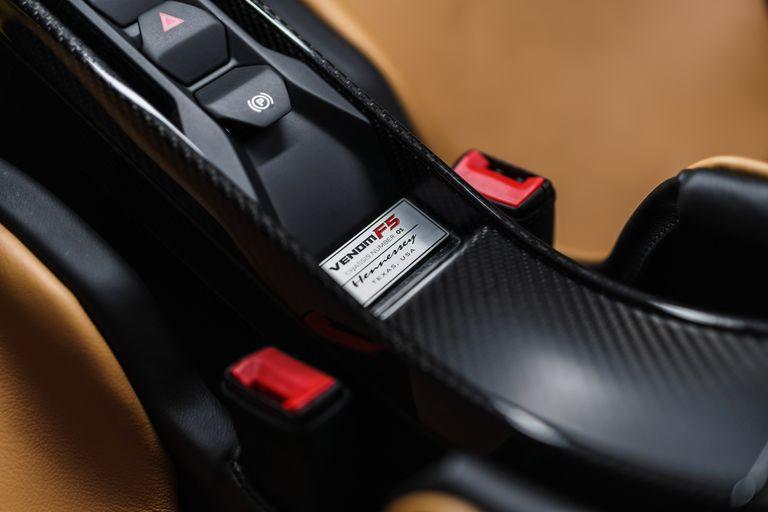
Whether we will actually see all 24 units produced remains to be seen. To date, Hennessey hasn’t had a great track record for meeting their targets, but if they can actually get these things on the road, I for one am excited to see it in action as it truly is a beautiful machine.
Now onto another point of contention, exactly what constitutes a production car?
One of the reasons the previous claim to the title by other automakers of the “World’s Fastest Production Car” was that there were insufficient functional models created, or they failed to do a successful two way pass.
For the purposes of this list, a production car is defined as a vehicle that is:
To establish the top speed for cars the requirement is, in addition to the above, an independent road test with a two-way run. The mean of the top speed for both runs is taken as the car’s top speed. In instances where the top speed has been determined by removing the limiter, the test met these requirements, and the car is sold with the limiter on then the limited speed is accepted as meeting this requirement. For the McLaren F1 the estimation by Car and Driver about the speed at the rev-limiter is used.
John Hennessey plans to schedule the record attempt at NASA’s 5.15km long runway at the Kennedy Space Centre next year, followed by a second more public attempt on a closed highway if a suitable road can be found.
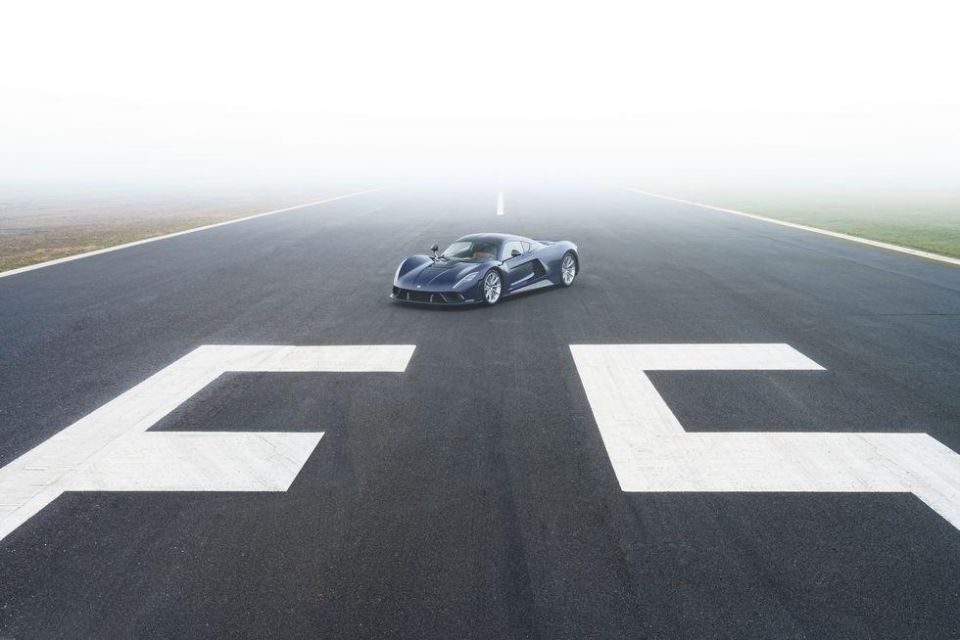

If you’ve got your heart set on one of these and have a cool AUD$3m laying around, there are 12 units already spoken for, so you better get that cheque book out quick smart!
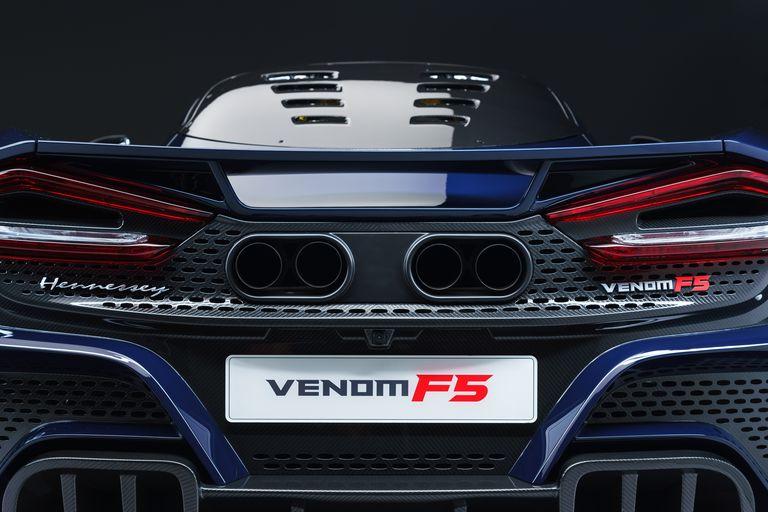
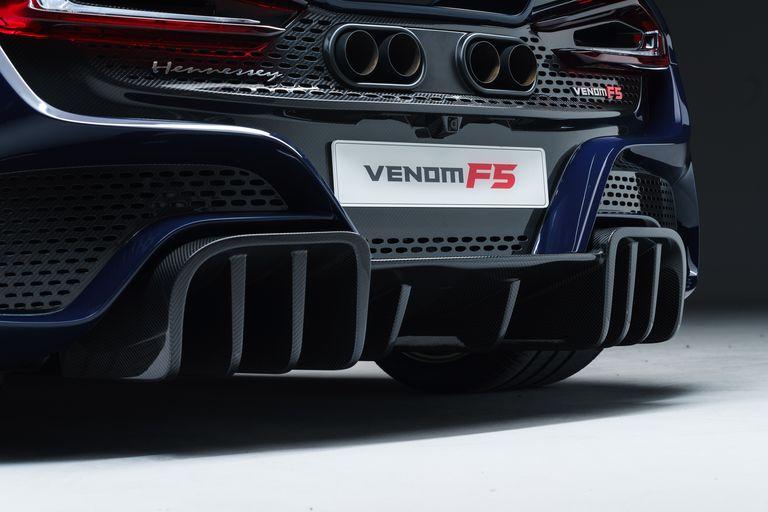
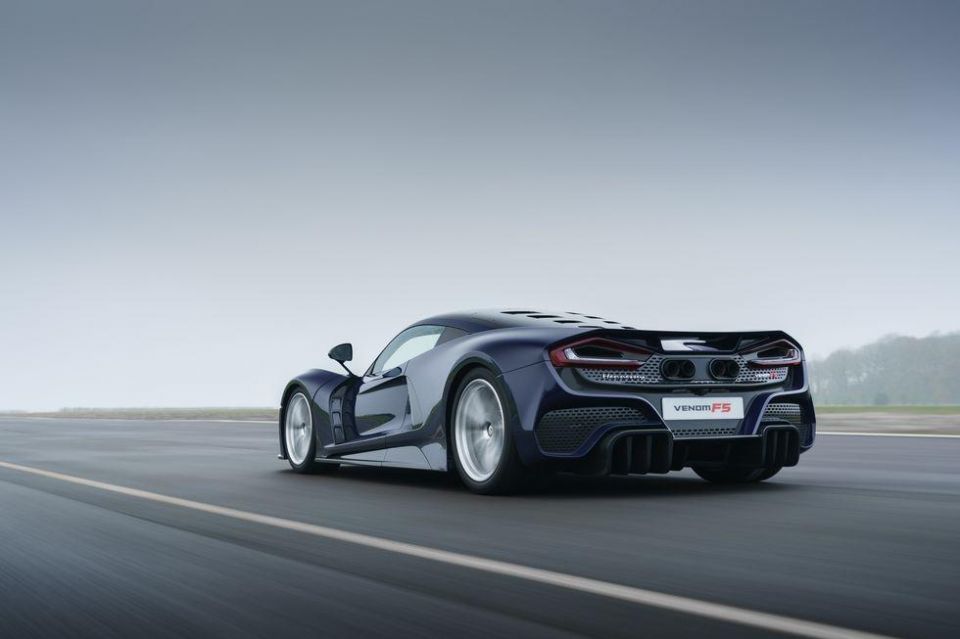
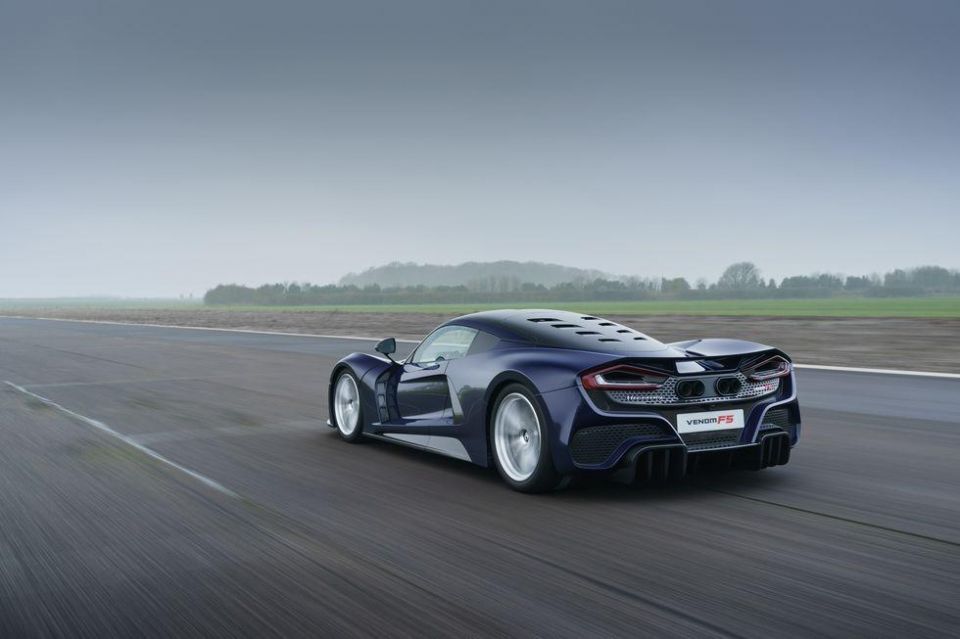
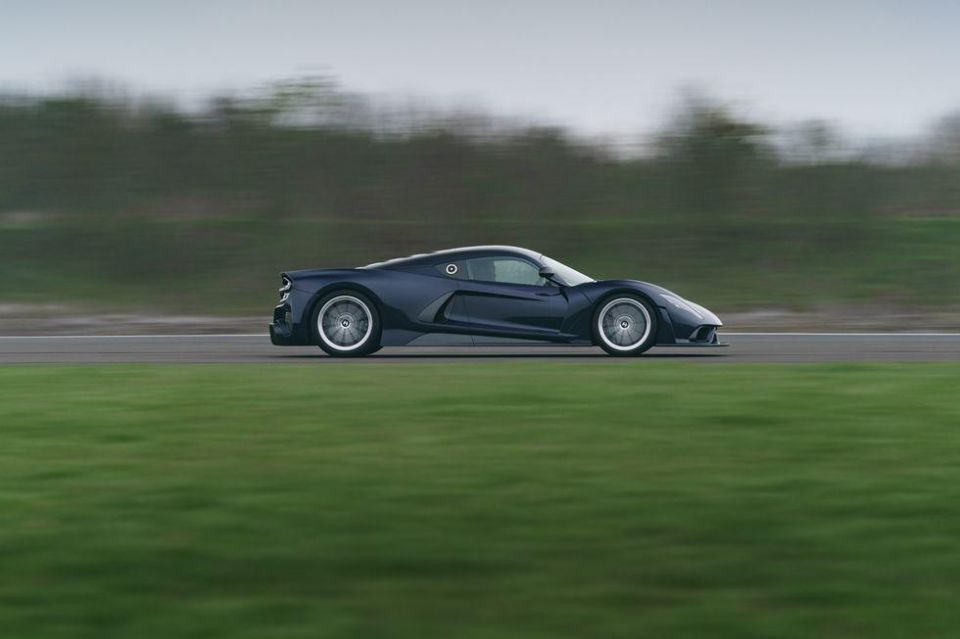


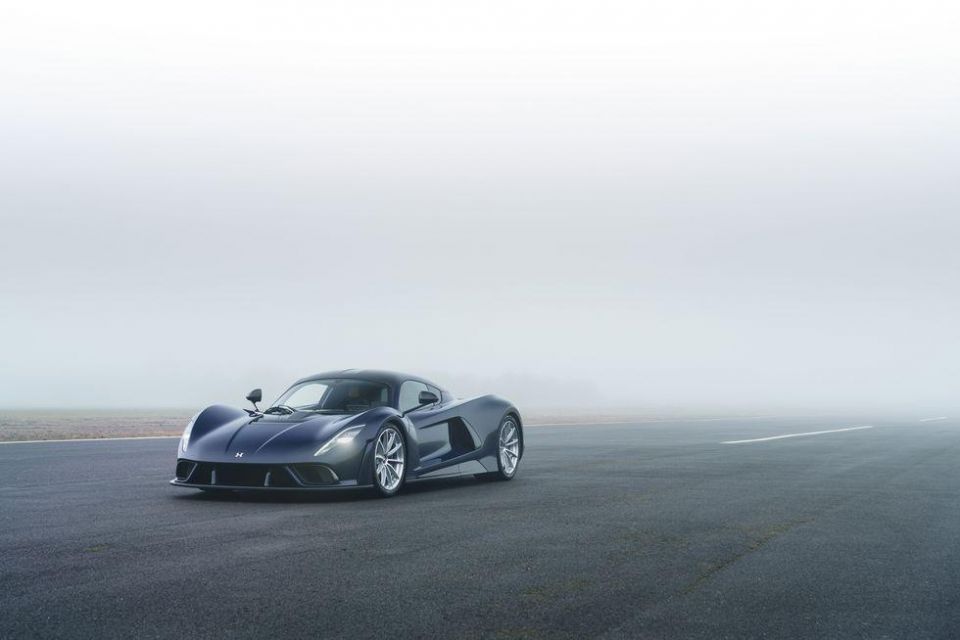
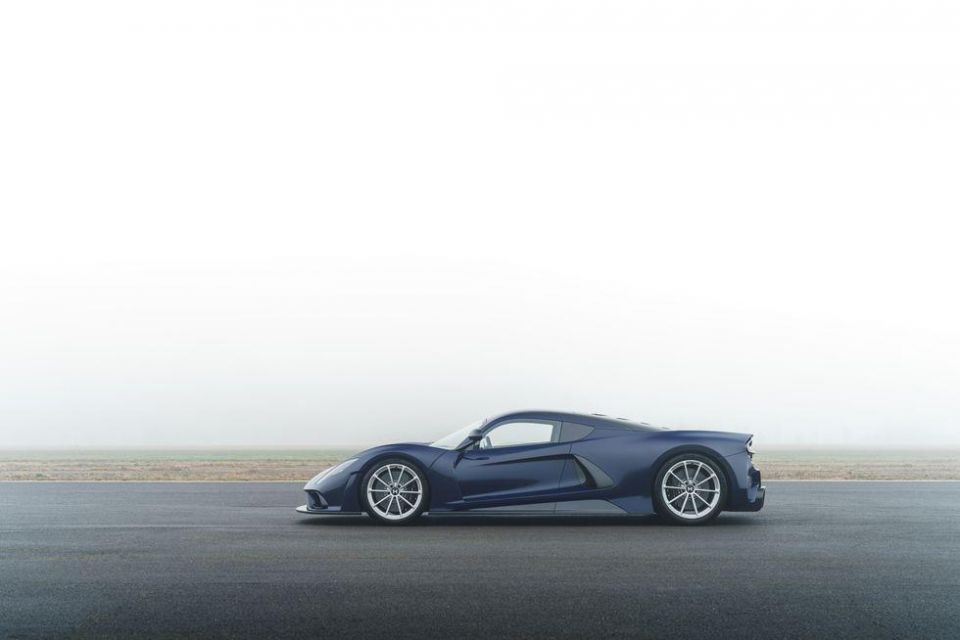

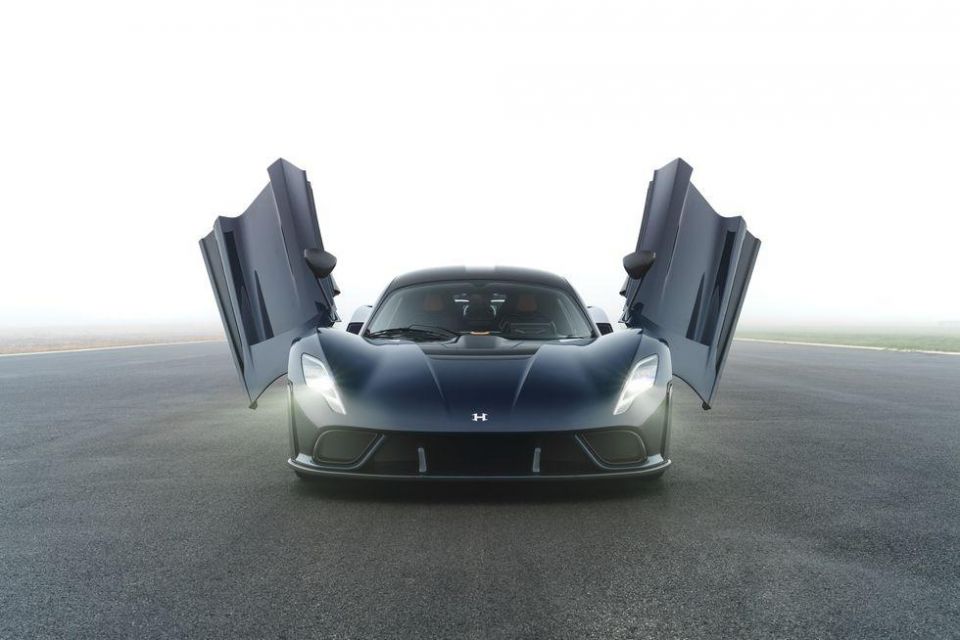




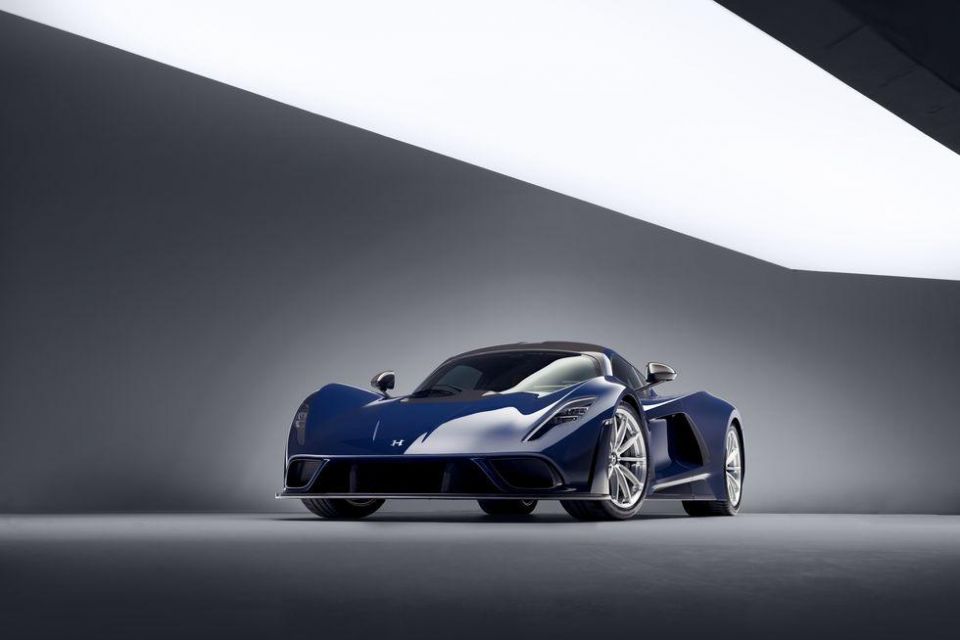

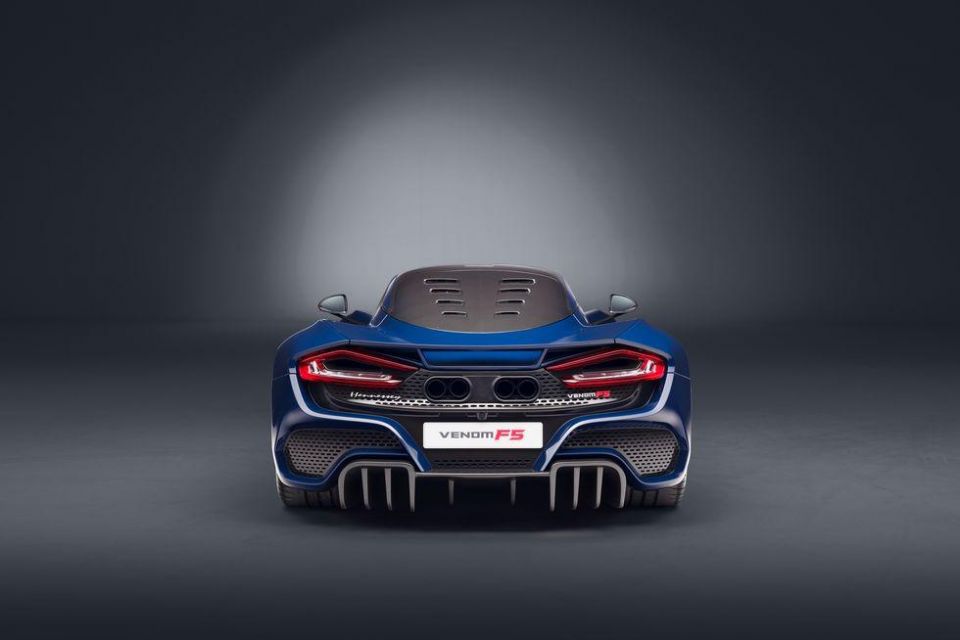

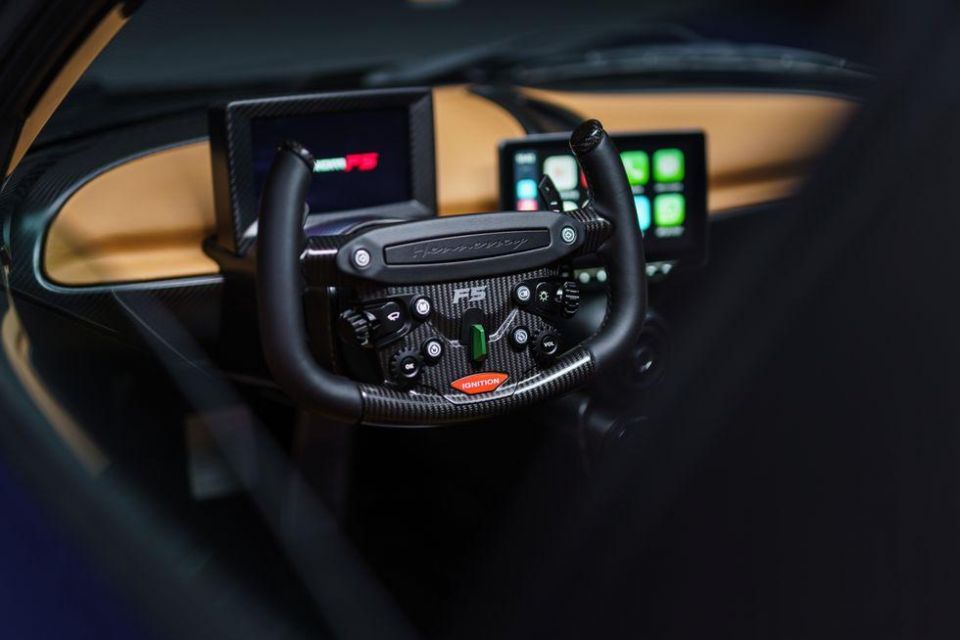
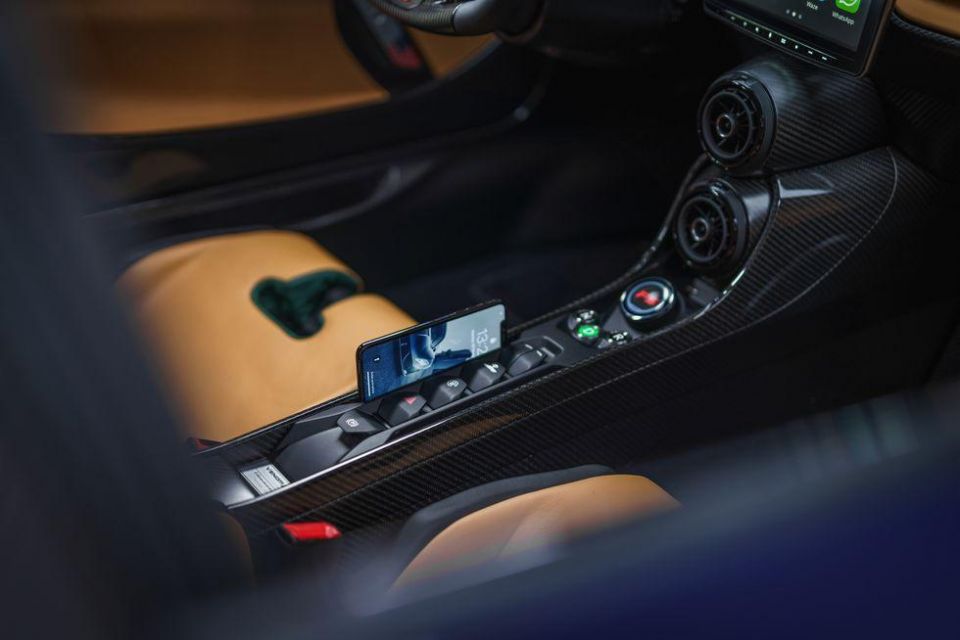
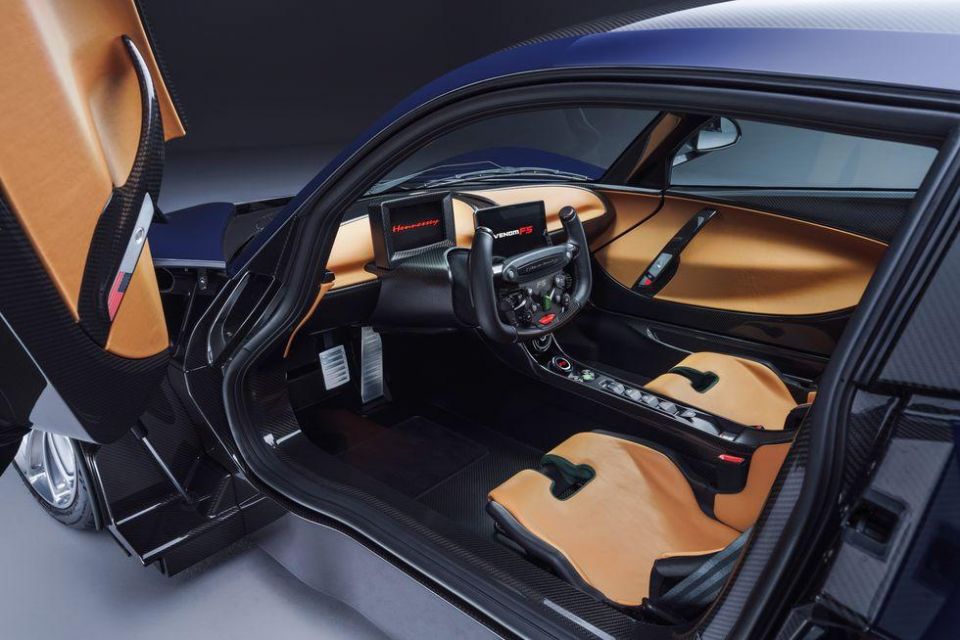

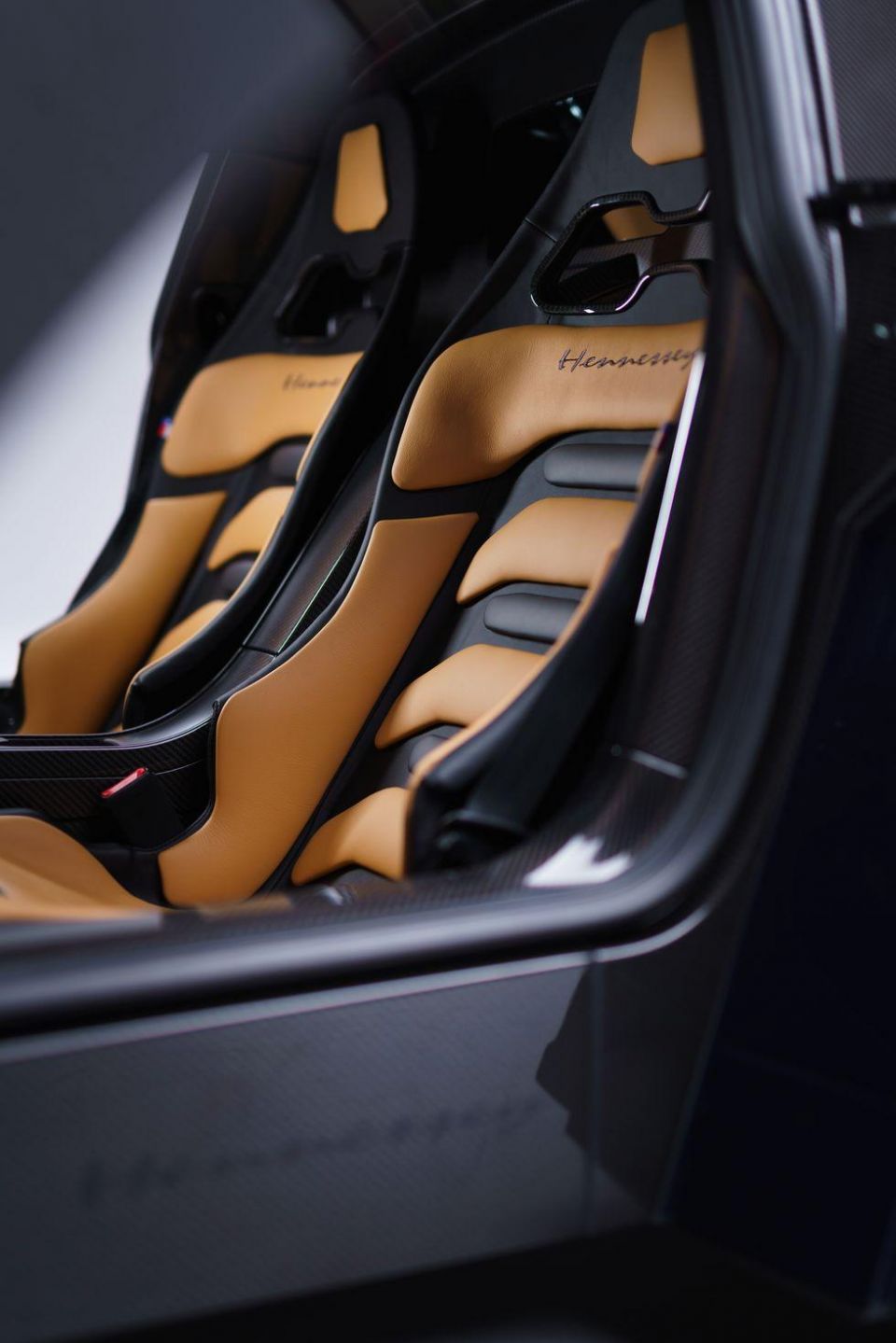
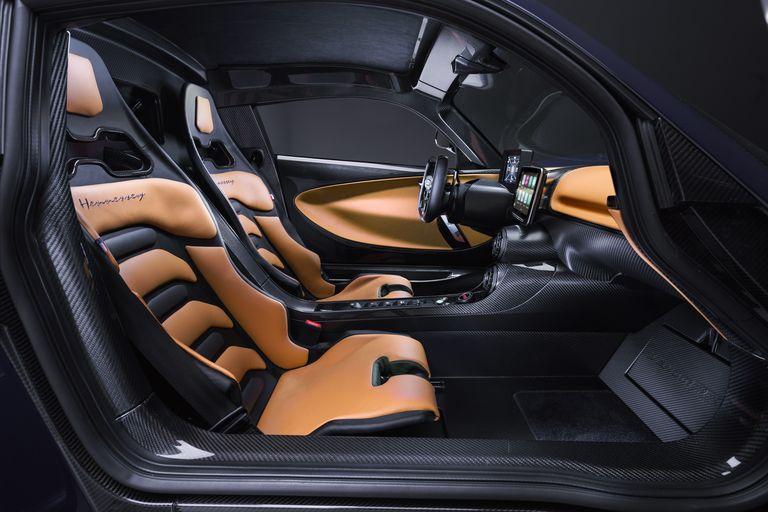
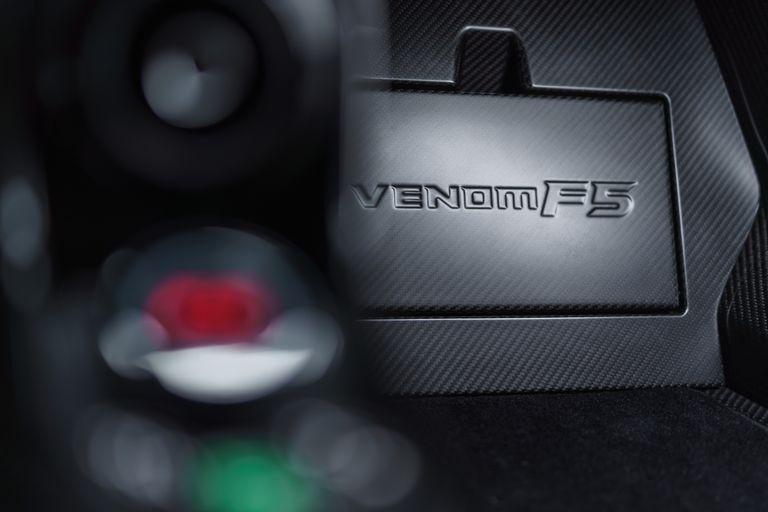
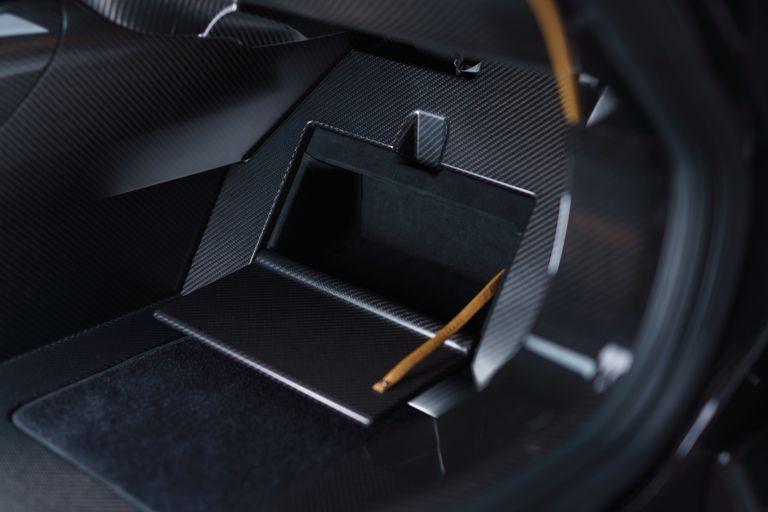
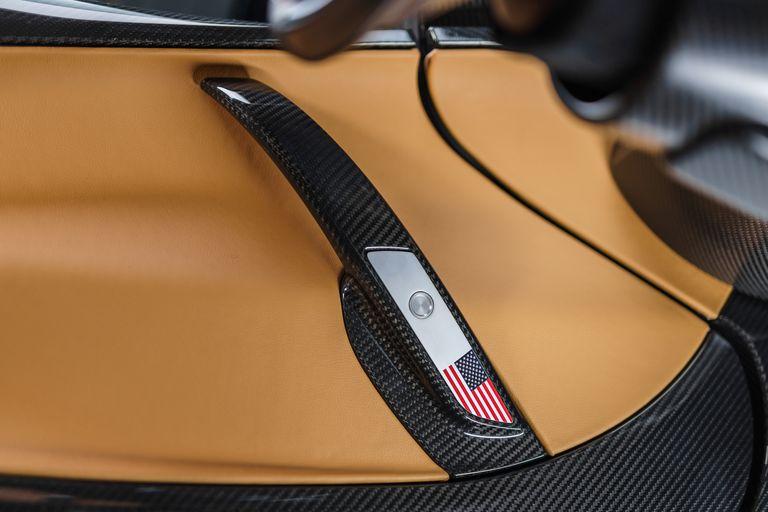
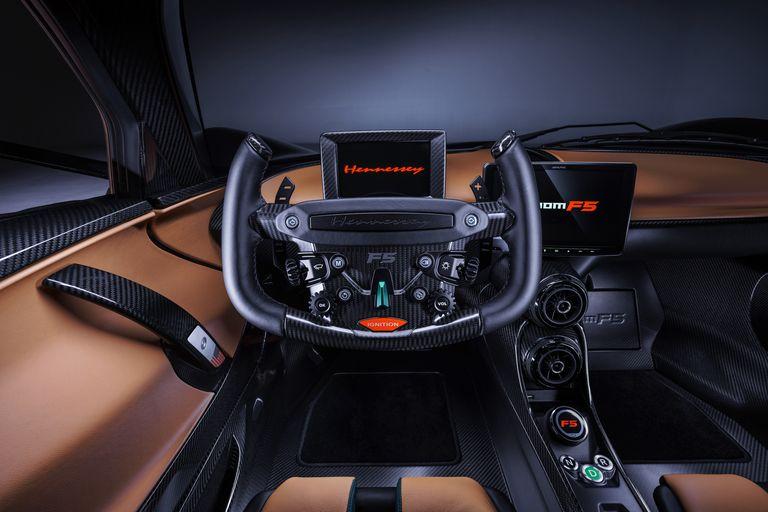
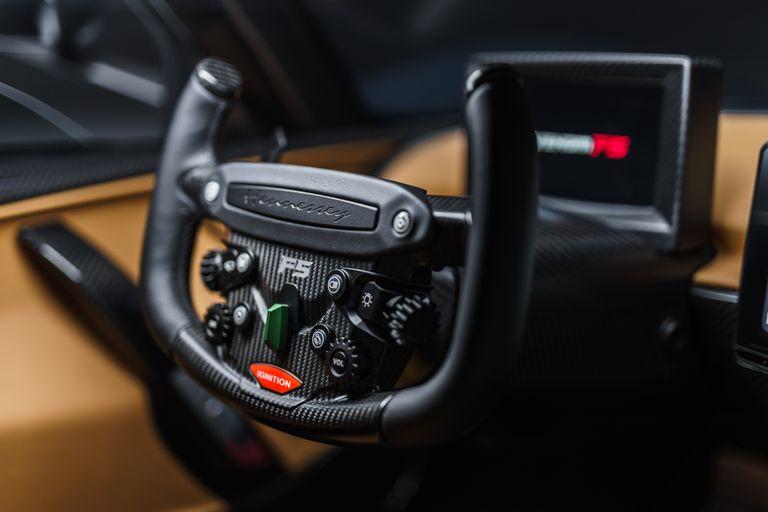
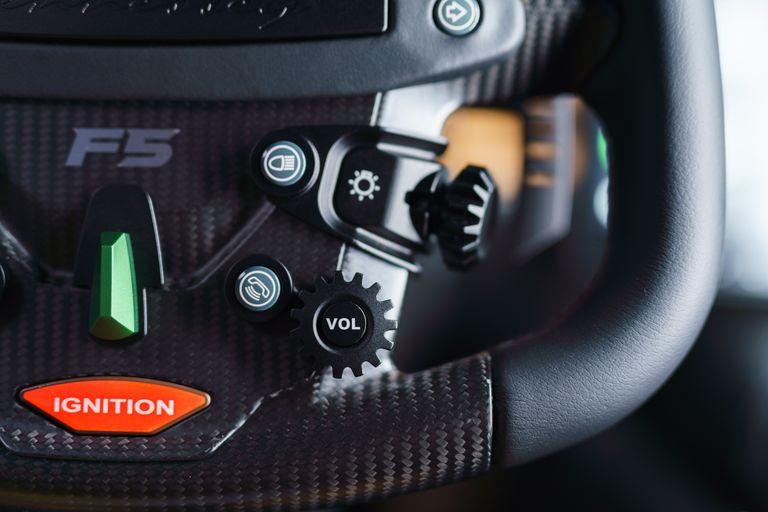
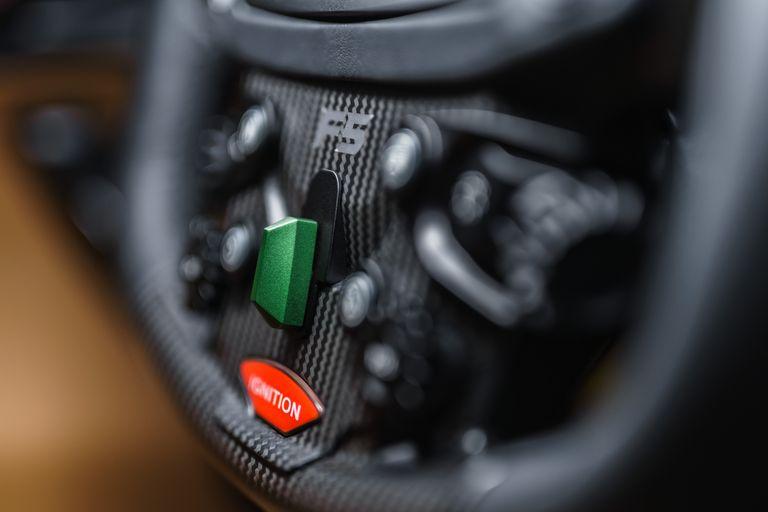

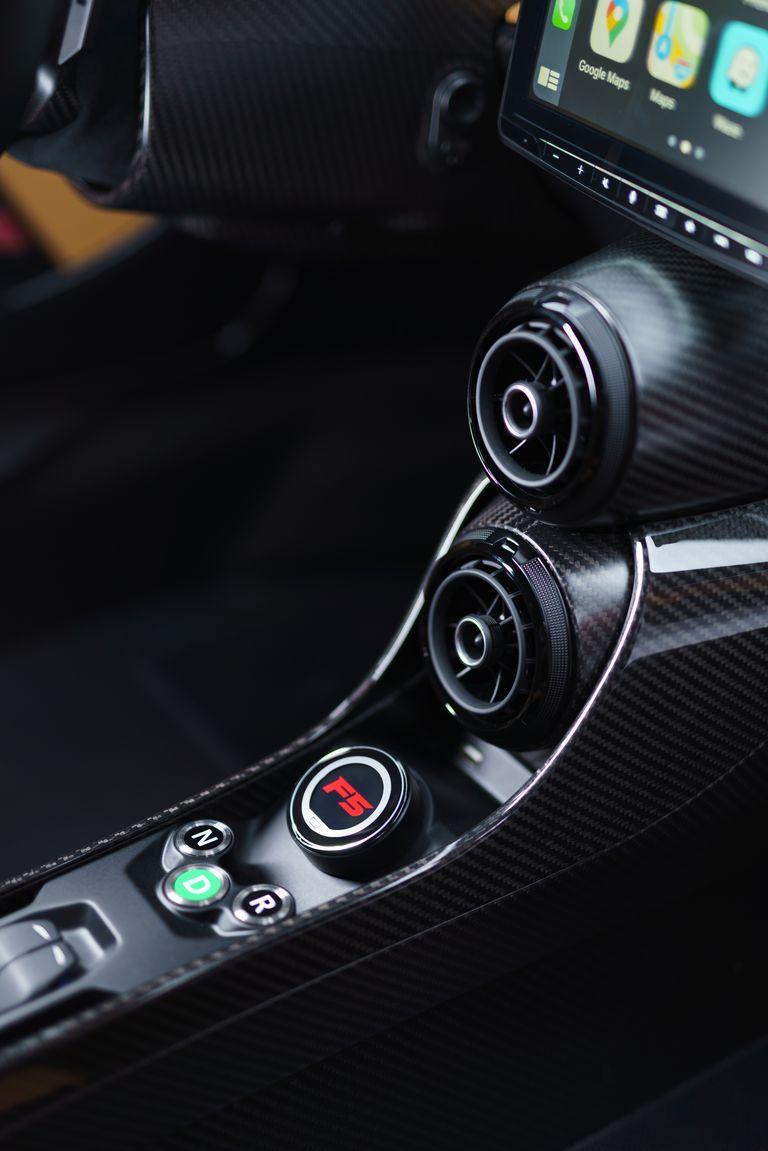


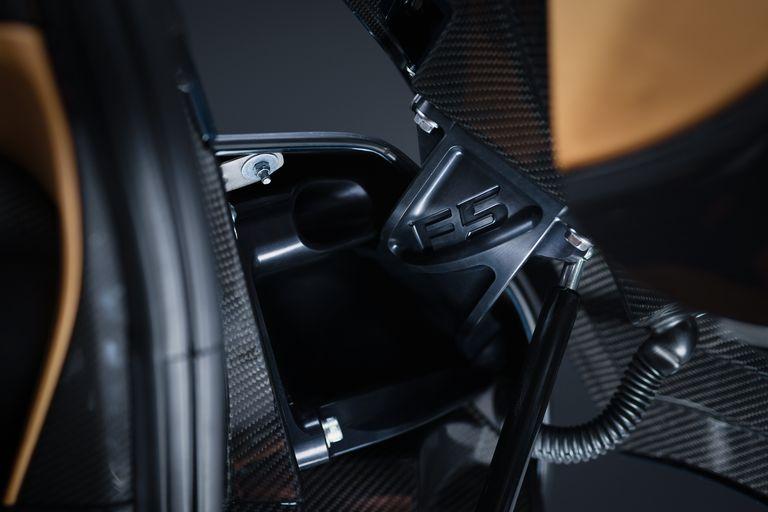

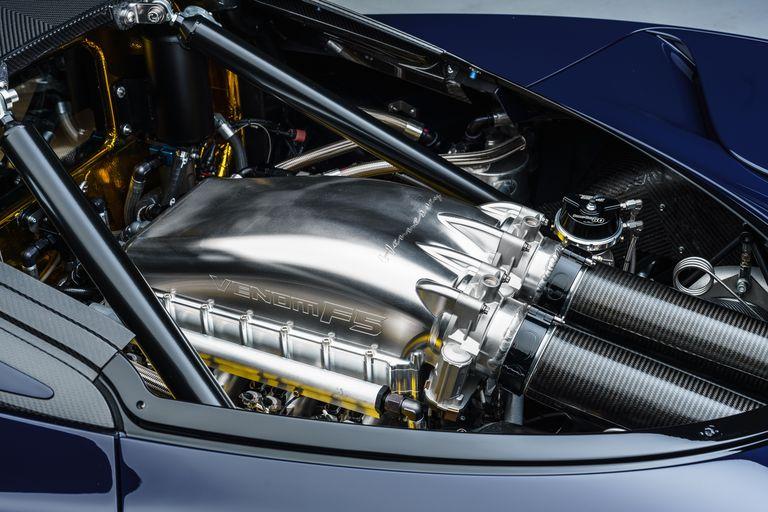

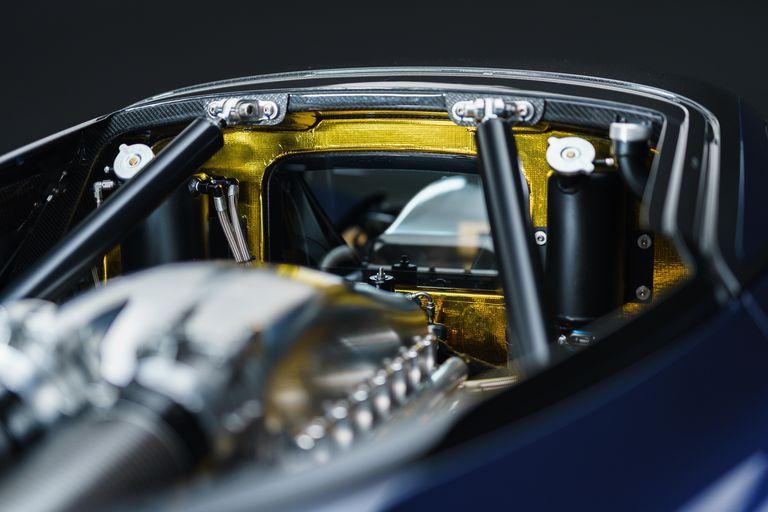
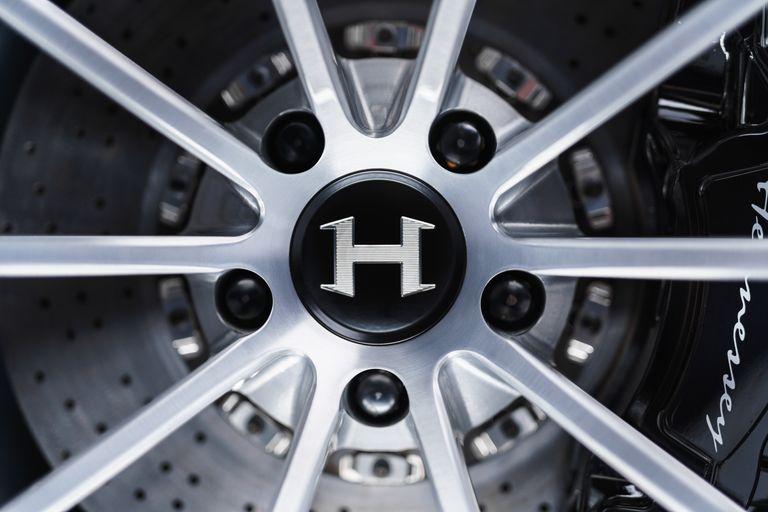
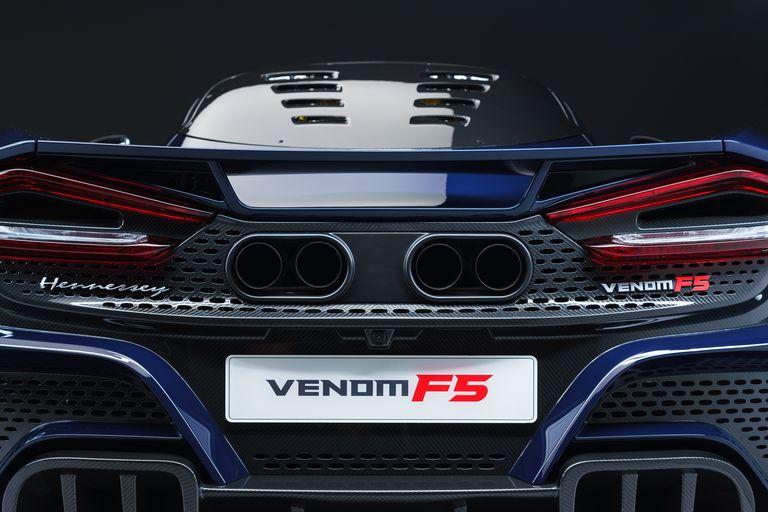

Mark Trueno is a CarExpert Contributor.


Angus MacKenzie
6 Days Ago
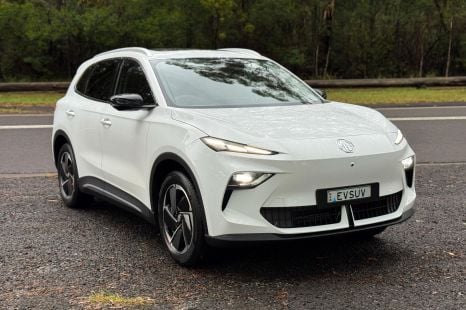

Matt Campbell
5 Days Ago
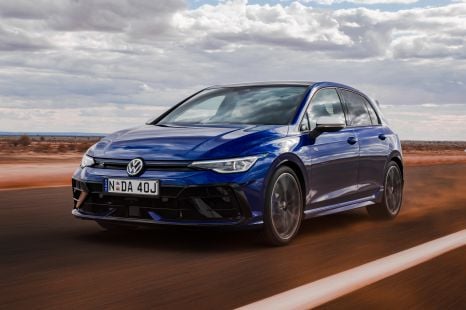

James Wong
3 Days Ago
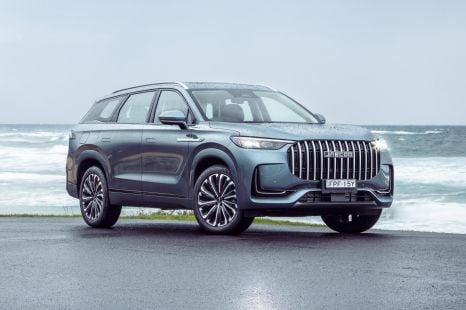

William Stopford
2 Days Ago
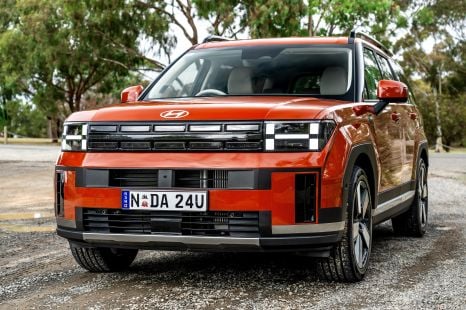

Max Davies
2 Days Ago


Max Davies
14 Hours Ago